Pioneers Park Pillars
Four ionic columns from the Treasury Department building ended up in a park in Nebraska.
The columns at Pioneers Park outside of Lincoln, Nebraska look like they could have been there for centuries. The sandstone capitals bear countless pockmarks and the fluted pillars are blackened with years of historic grime like the Pantheon. They actually are not that old as you’d think, arriving here in 1916 as the result of long-forgotten political maneuvering.
Jump back a few years before that to 1908 when the Treasury Department in Washington, D.C. was undergoing some much-needed renovations on its east colonnade. While much of the Treasury is built in granite, this earlier section was sandstone, a porous material that’s easy to work with but not very strong.
As described in the definitive Treasury Department history, Fortress of Finance, by the turn of the century, “The sandstone’s crevices had collected decades of urban grime, especially soot from the coal burning fireplaces and furnaces that warmed the homes and offices of nineteenth-century Washington. Moreover, deterioration of the soft stone led to pieces of the entablature falling [from the building.]”
Thirty of the old sandstone columns were painstakingly detached from the building in the summer of 1908 and set aside for some further use. The colonnade’s sculpted cornice was less lucky, and was broken down and reused in at least two 16th Street Heights private residences.
There were several proposals floating around for what to do with the beloved columns. A writer for the Washington Post in 1911 was one of many to suggest that “The columns, with accessories of water and shrubbery, could be used as the basis for an exquisite bit of landscape.” Unfortunately there was no money set aside, and the columns ended up in a vacant lot, slowly sinking into the ground.
In 1916, Commissioner of the District Excise Board, Cotter T. Bride, paid to have four of the columns shipped to Lincoln in honor of Nebraska politician William Jennings Bryan. The other 26 had a more unfortunate fate. In 1918 they were blown up without warning by the George A Fuller Construction Company to clear a building site near the present-day National Academy of Sciences building.
Know Before You Go
Five minute walk from the Pinewood Bowl Amphitheater



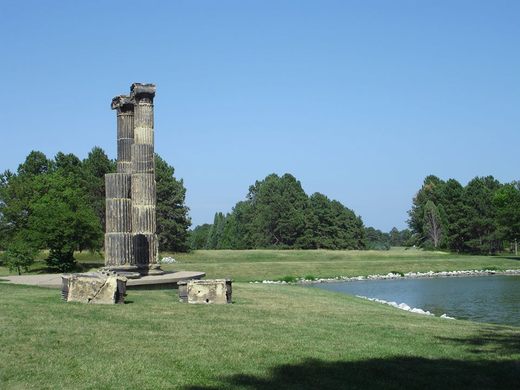

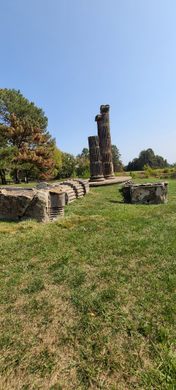
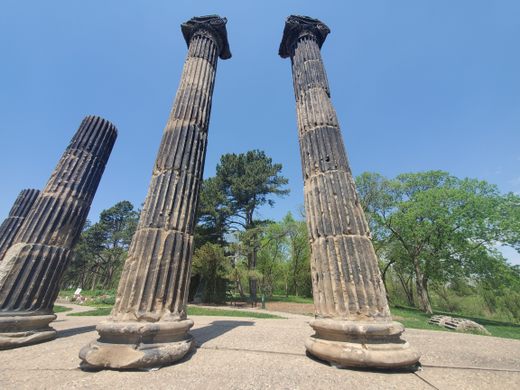

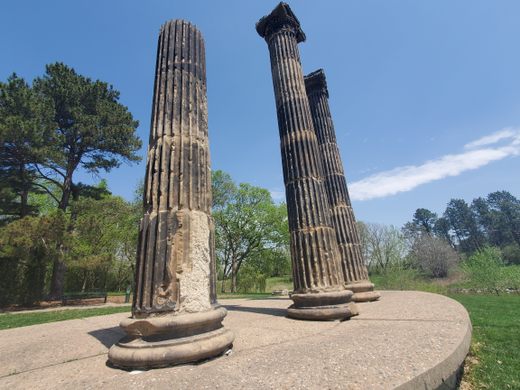
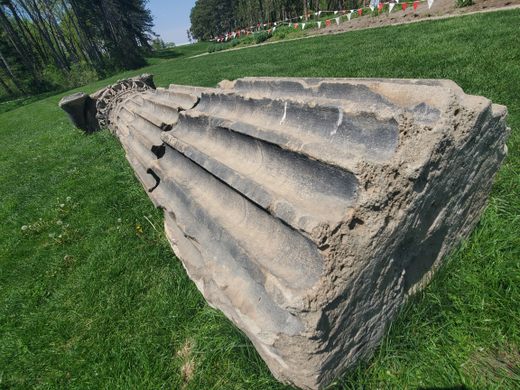
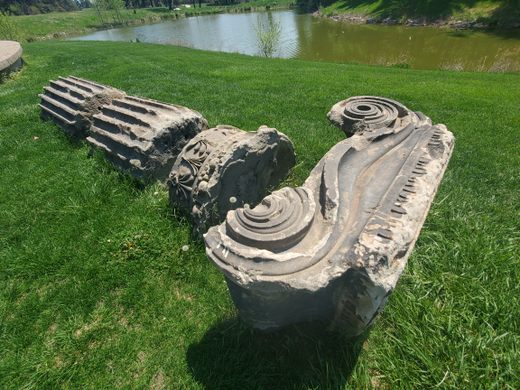





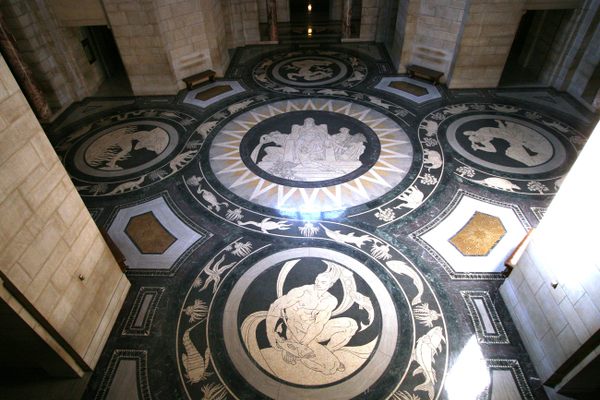


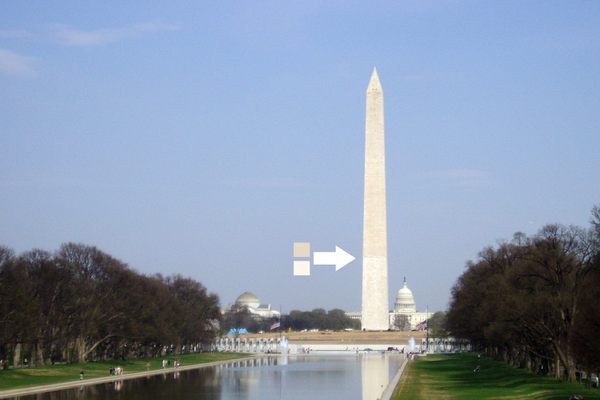





Follow us on Twitter to get the latest on the world's hidden wonders.
Like us on Facebook to get the latest on the world's hidden wonders.
Follow us on Twitter Like us on Facebook